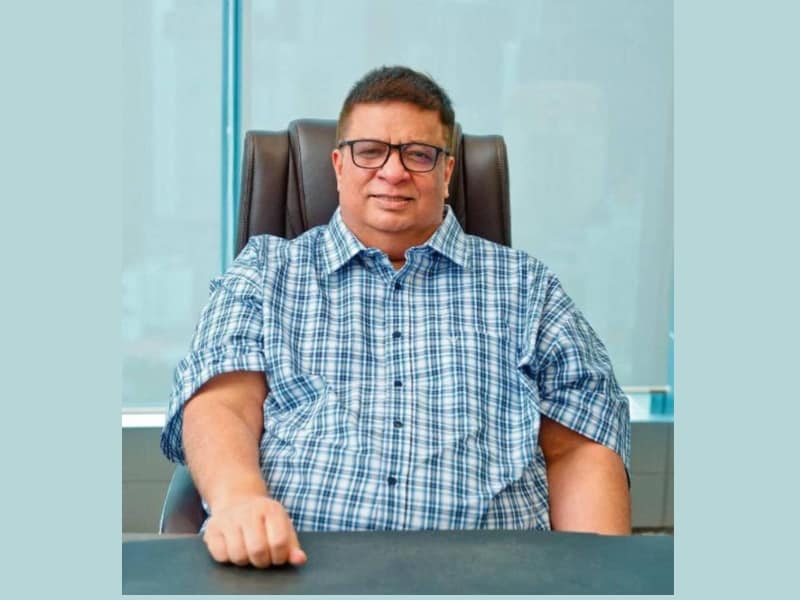
New Delhi [India], September 7: As the world grapples with the pressing need to reduce its dependency on fossil fuels, the significance of renewable energy has never been clearer. Approximately 80% of the global population resides in nations that are net importers of fossil fuels, leaving around 6 billion people vulnerable to geopolitical shocks and crises. This heavy reliance on fossil fuels poses significant risks, particularly in times of global uncertainty.
In stark contrast, renewable energy sources are universally available, yet their vast potential remains largely untapped. According to the International Renewable Energy Agency (IRENA), a staggering 90% of the world’s electricity could, and should, be derived from renewable sources by 2050.
Renewable energy offers a strategic way to mitigate the risks associated with fossil fuel dependency. By diversifying energy sources, countries can shield themselves from the unpredictable price swings of fossil fuels while simultaneously fostering inclusive economic growth, creating new jobs, and alleviating poverty. However, the transition to renewable energy is not without its challenges.
The initial costs associated with technology and raw materials present a formidable barrier. To meet the ambitious goal of net-zero emissions by 2050, an estimated $4.5 trillion must be invested annually in renewable energy until 2030. For many nations, especially those with limited resources, the upfront investment can be daunting. Financial and technical support will be essential to enable these countries to transition effectively. However, the benefits far outweigh the costs. The reduction in pollution and climate-related impacts alone could save the world up to $4.2 trillion annually by 2030. Moreover, renewable technologies are inherently more resilient and less susceptible to market fluctuations, enhancing energy security by diversifying power supply options.

The global call for reduced fossil fuel consumption has propelled fuel cell manufacturers to the forefront of the green energy revolution. With growing awareness and adoption of renewable energy, the ambitious estimates for renewable energy generation are within reach. Achieving these goals requires more than just state intervention; public-private partnerships are crucial. If both developed and developing nations collaborate to subsidize the cost of renewable energy adoption, the energy efficiency targets set for the coming decades can be met.
As major economies accelerate their efforts to meet global emission norms and embrace safer, greener energy options, private entrepreneurs are stepping up to lead the charge. Among them is the SRAM & MRAM Group, a global conglomerate with a diverse business portfolio. The group has embarked on an ambitious journey to invest in cutting-edge technologies aimed at creating disruptive innovations in the renewable energy sector, particularly in hydrogen fuel cells.
SRAM & MRAM’s team of experts is deeply committed to green hydrogen energy. They are currently on the path to producing the world’s most advanced hydrogen fuel cell-based electric vehicles (EVs). Their innovations in hydrogen fuel cell storage for EVs are set to revolutionize the global energy landscape. Recognizing that electric vehicles are the future, SRAM has recently developed yachts and boats powered by solar panels and batteries. These groundbreaking technologies have undergone rigorous testing, and the first trial runs are scheduled to take place during a roadshow in Dubai this November.
SRAM is in the final stages of perfecting its hydrogen cell storage design, with plans to integrate this technology across all components for EV manufacturing, particularly in two- and four-wheeler vehicles. The most expensive components of any EV are the battery and its assemblies, as well as the motors. SRAM has already developed a motor design and manufacturing system that is ready to be deployed with any existing EV design. While current battery technology relies heavily on costly and potentially hazardous lithium-ion (Li-Ion) cells, SRAM’s hydrogen cells, encased in aluminum molds, offer a safer and more cost-effective alternative. Aluminum, being one of the cheapest materials for packing, will significantly reduce overall battery costs.
SRAM is also building the necessary technologies for their EV ecosystem, along with an ancillary supply chain, to support the comprehensive manufacturing of EVs. In essence, SRAM aims to produce the first and most affordable hydrogen fuel cell-based electric vehicles in India and Malaysia, leveraging their proprietary and patented technology. This initiative represents the first mass production program of its kind, giving SRAM a significant first-mover advantage.
Under the visionary leadership of Chairman Sailesh Lachu Hiranandani, the SRAM & MRAM Group has made a bold entry into India’s burgeoning semiconductor industry, particularly in Odisha. Known for its diverse interests across real estate, technology, and infrastructure, the group has announced an investment of Rs 2 lakh crore (approximately $24 billion USD) to establish a world-class semiconductor fabrication plant in Odisha, potentially the largest in India. SRAM’s focus on semiconductor fabrication design and manufacturing aligns with its broader commitment to investing in next-generation technologies. By the end of this decade, SRAM envisions itself as a major player in information technology and alternative technologies.
Chairman Dr. Sailesh Lachu Hiranandani has been the driving force behind this mission. Throughout his career, he has consistently advocated for the adoption of new-age technologies. His investment portfolio includes startups focused on disruptive innovations in stem cell research, semiconductor design, renewable energy solutions, including hydrogen fuel-based mobility, solar PV cells, information technology, and biotechnology. Additionally, Dr. Hiranandani has a strong academic background, holding a Ph.D. in Financial Management, and has authored several papers on the subject. His expertise in financial and risk management, coupled with extensive experience in hedge funds and forex management, has been instrumental in building SRAM into a global conglomerate with a presence across five continents, 35+ locations, and numerous international alliances.
The pages slugged ‘Brand Connect’ are equivalent to advertisements and are not written and produced by Forbes India journalists.
